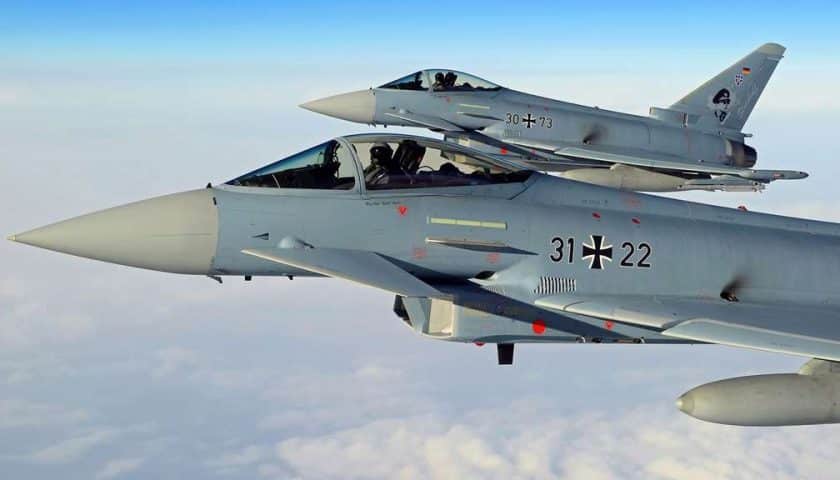For Berlin and Tokyo, the temptation is great to move towards the constitution of hyper-technological armies by relying on their significant means to respond to their demographic and societal handicaps.
A few days after the start of the Russian offensive against Ukraine, German Chancellor Olaf Scholz announced to the Bundestag that his intention to bring the country's defense effort "beyond 2% of GDP", breaking with three decades of chronic underinvestment by the Bundeswehr, which today is more of an administration than an operational army.
A few months later, it was the turn of the Japanese Liberal Democratic Party, which has ruled the country since 2012, to announce his intention to considerably increase the country's defense effort, by breaking the iron ceiling which limited the financing of the Japanese self-defense forces to 1% of GDP, and to bring this effort, again, to 2% of all the resources produced by the country in one year.
A few days ago, Japanese Prime Minister Fumio Kishida reiterated this ambition, in order to respond to growing tensions with China, including over Taiwan, but also to the North Korean threat.
However, these two countries share many attributes, which give them unique specificities in the field of the defense effort. Indeed, both Berlin and Tokyo can rely on very significant budgetary resources for the planet's 4th and 3rd economies respectively, while they both face considerable demographic constraints.
Furthermore, neither of them is constrained by the large defense expenditures related to the implementation of a nuclear deterrent force, or even a significant power projection force, because of their common inherited histories. of the end of the Second World War.
As we will see, all of these factors tend to give the future German and Japanese armed forces unique characteristics, paving the way for the emergence of a new form of armed forces, called hyper-technological, beyond of 2030.

Indeed, on that date, German GDP should amount to $5.000 billion, according to the assumptions of probable growth and inflation to date. With an effort beyond 2%, the Bundeswehr will then have more than $100 billion each year for its operation, 35% more than the budgets of the French, British or even Indian armies at this date, according to current forecasts.
As for Japan, with a GDP already equal to $5.000 billion today, a 2% defense effort would allow the Japanese self-defense forces to have the third annual defense budget at more than $115 billion per year in 2030.
By way of comparison, the Japanese defense budget in 2022 is equal to $54 billion, already allowing it to implement a more than respectable armed force with 250.000 men, a thousand combat tanks, 250 combat planes, 22 submarines and 38 destroyers and frigates.

The rest of this article is for subscribers only
The Classic subscriptions provide access to
all articles without advertising, starting at € 1,99.
Newsletter subscription
Register for the Meta-Defense Newsletter to receive the
latest fashion articles daily or weekly


[…] […]
[…] December 1, 2022 […]